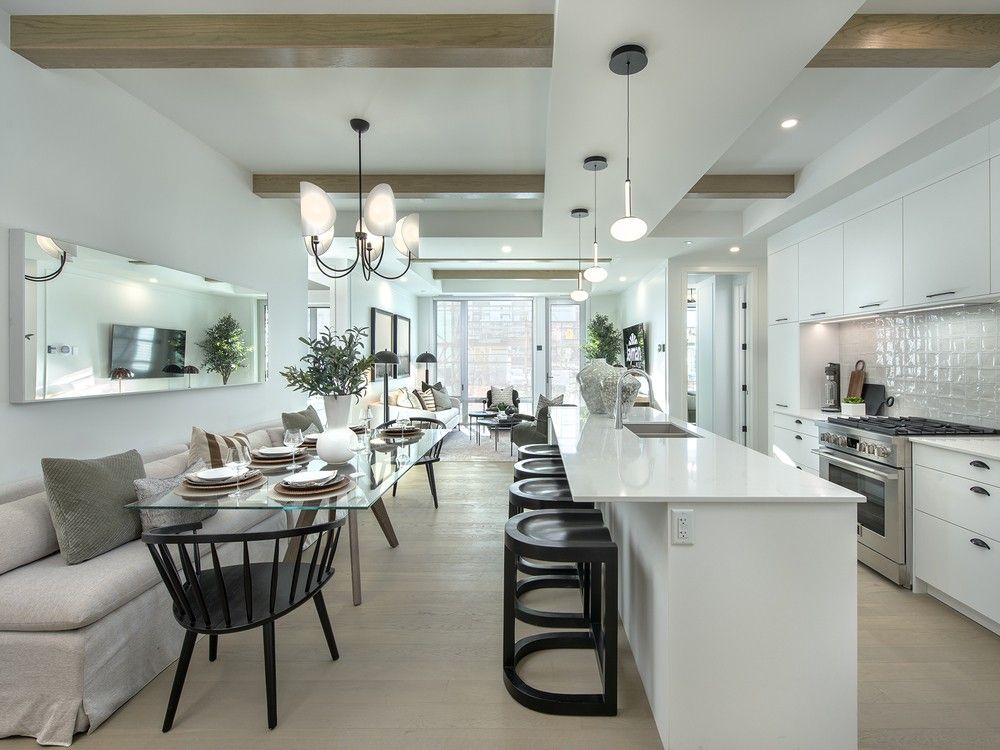You are using an out of date browser. It may not display this or other websites correctly.
You should upgrade or use an alternative browser.
You should upgrade or use an alternative browser.
Magna | 21m | 6s | Jayman | Integra Architecture
- Thread starter MichaelS
- Start date
niteryder
Active Member
An article in the Herald says that 3 show suites are now open in building 1 with possession starting in the spring. Possession for building 2 starts next summer.

 calgaryherald.com
calgaryherald.com







Lots of different finishes:




Magna launches three show suites with distinction
Jayman Built's luxury condo development offers refined living in University District.
Lots of different finishes:
NWUrbanism
Active Member
trtcttc
Senior Member
Given the price point, I thought the exterior would be a bit nicer.